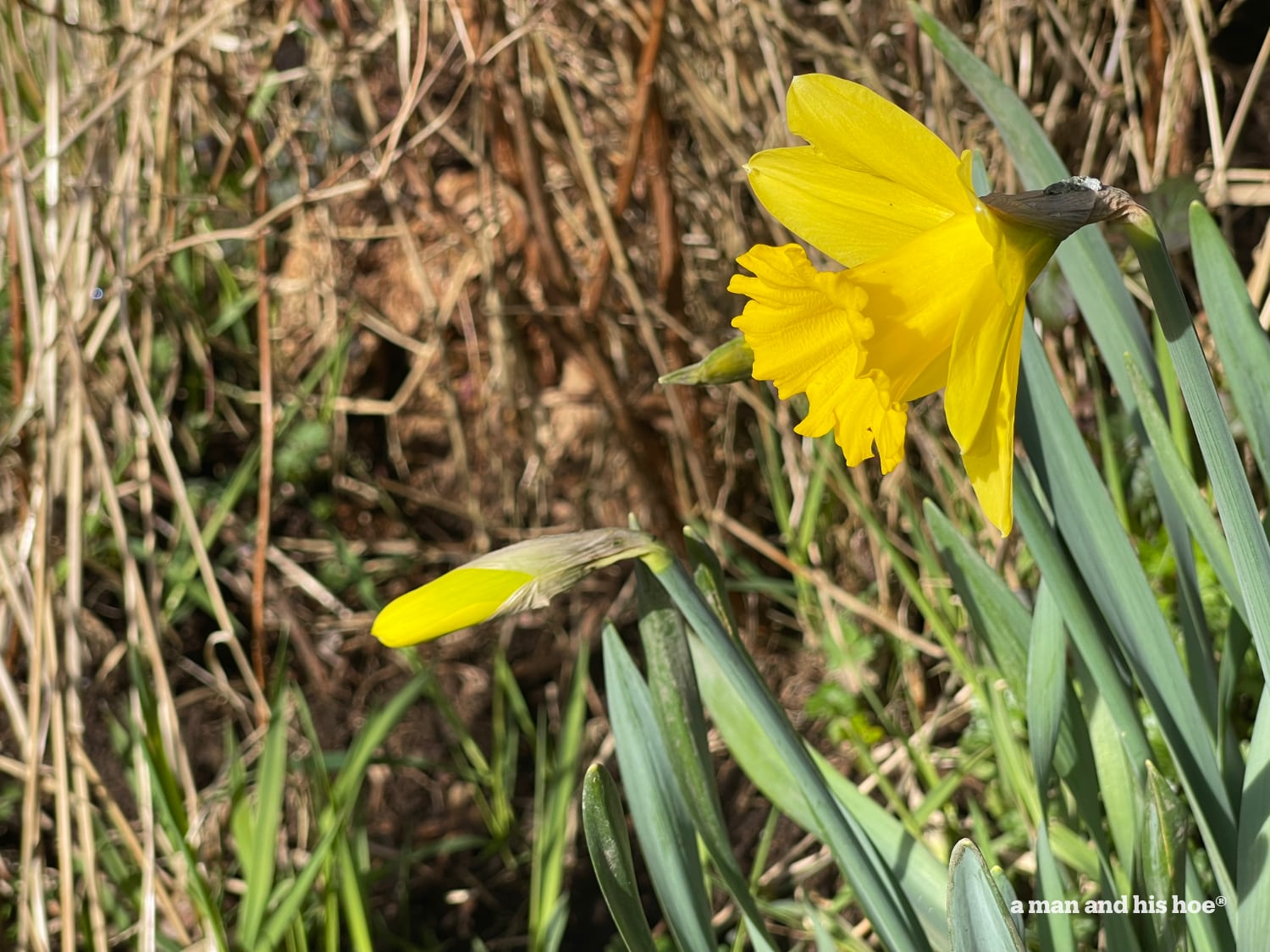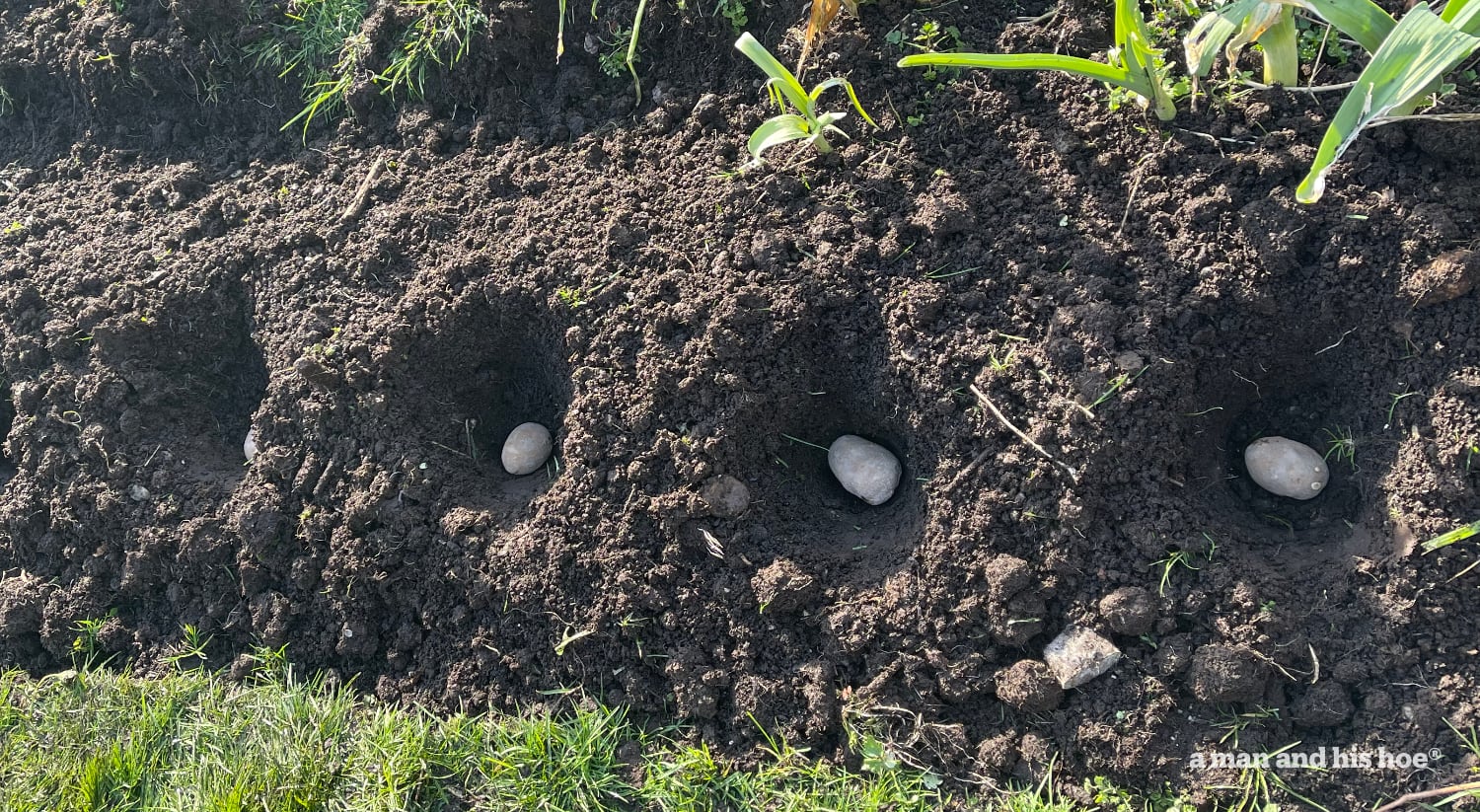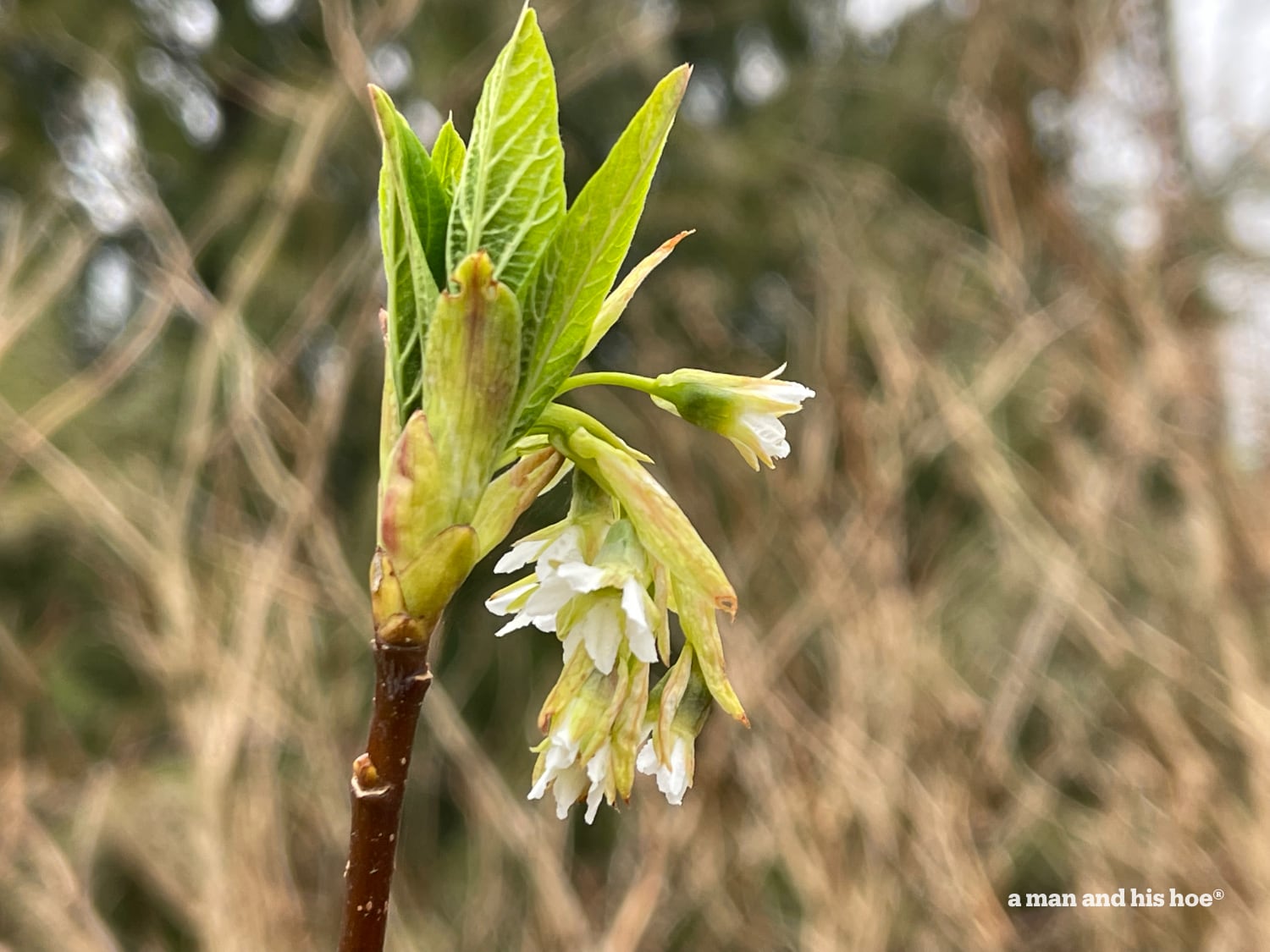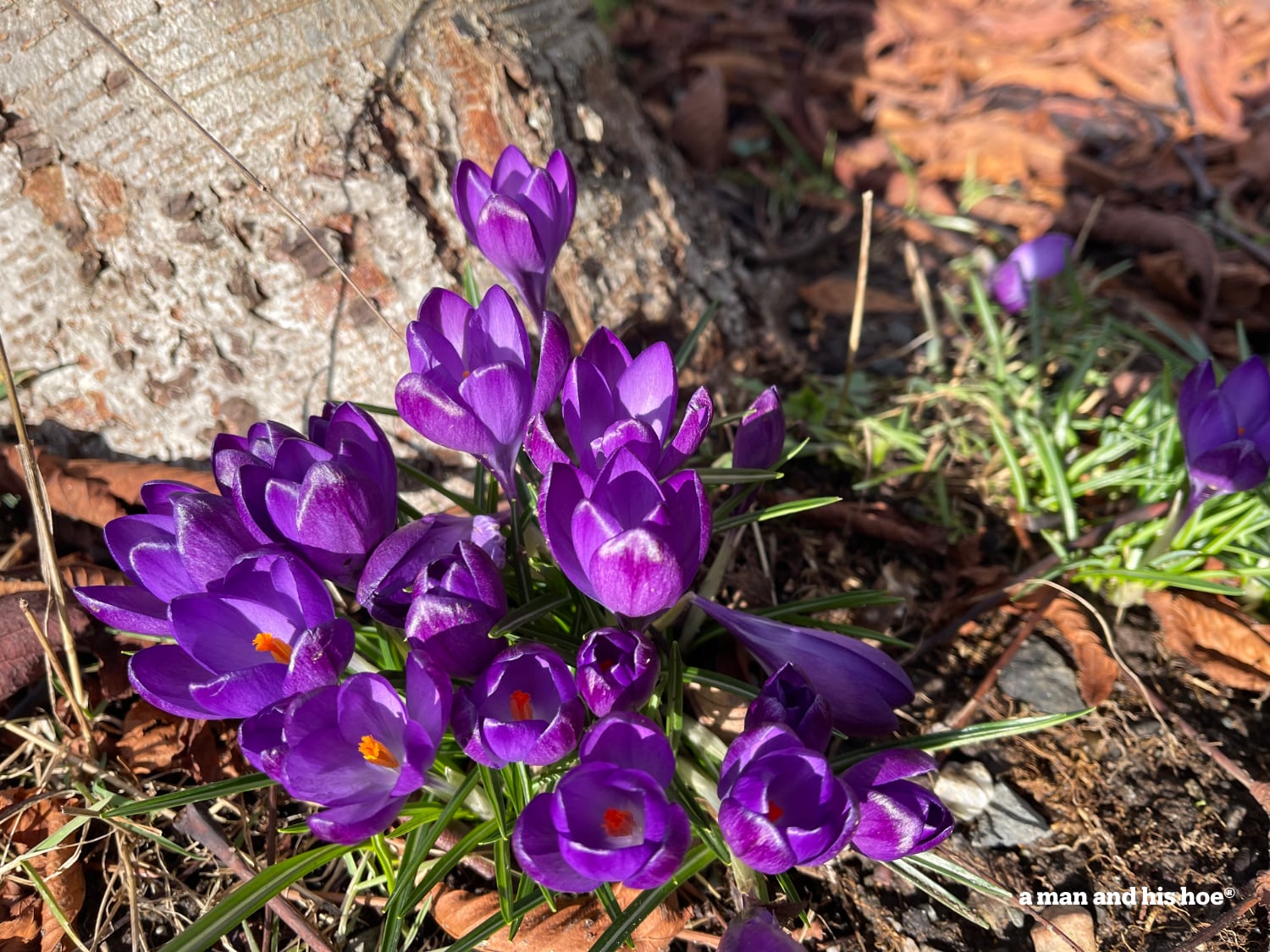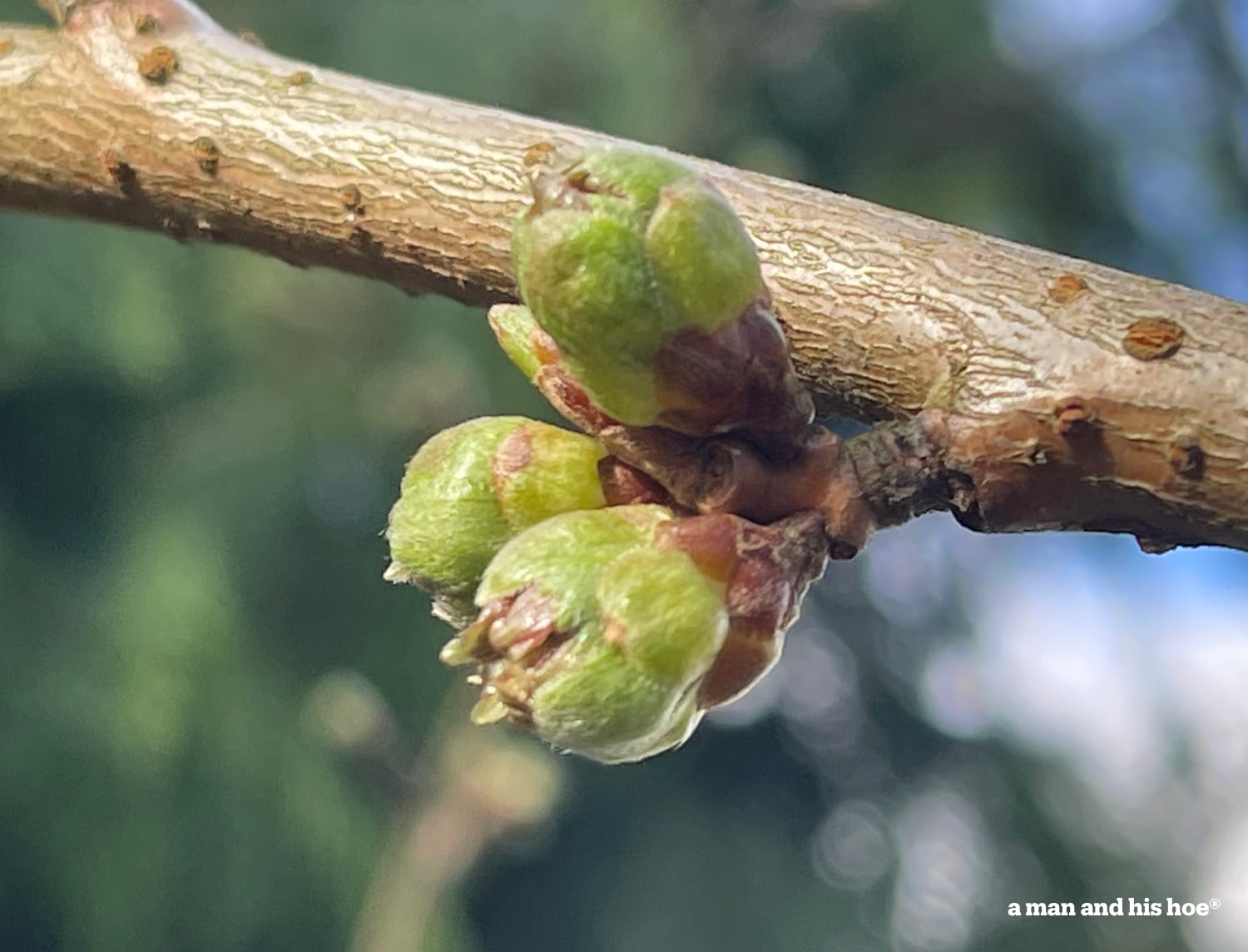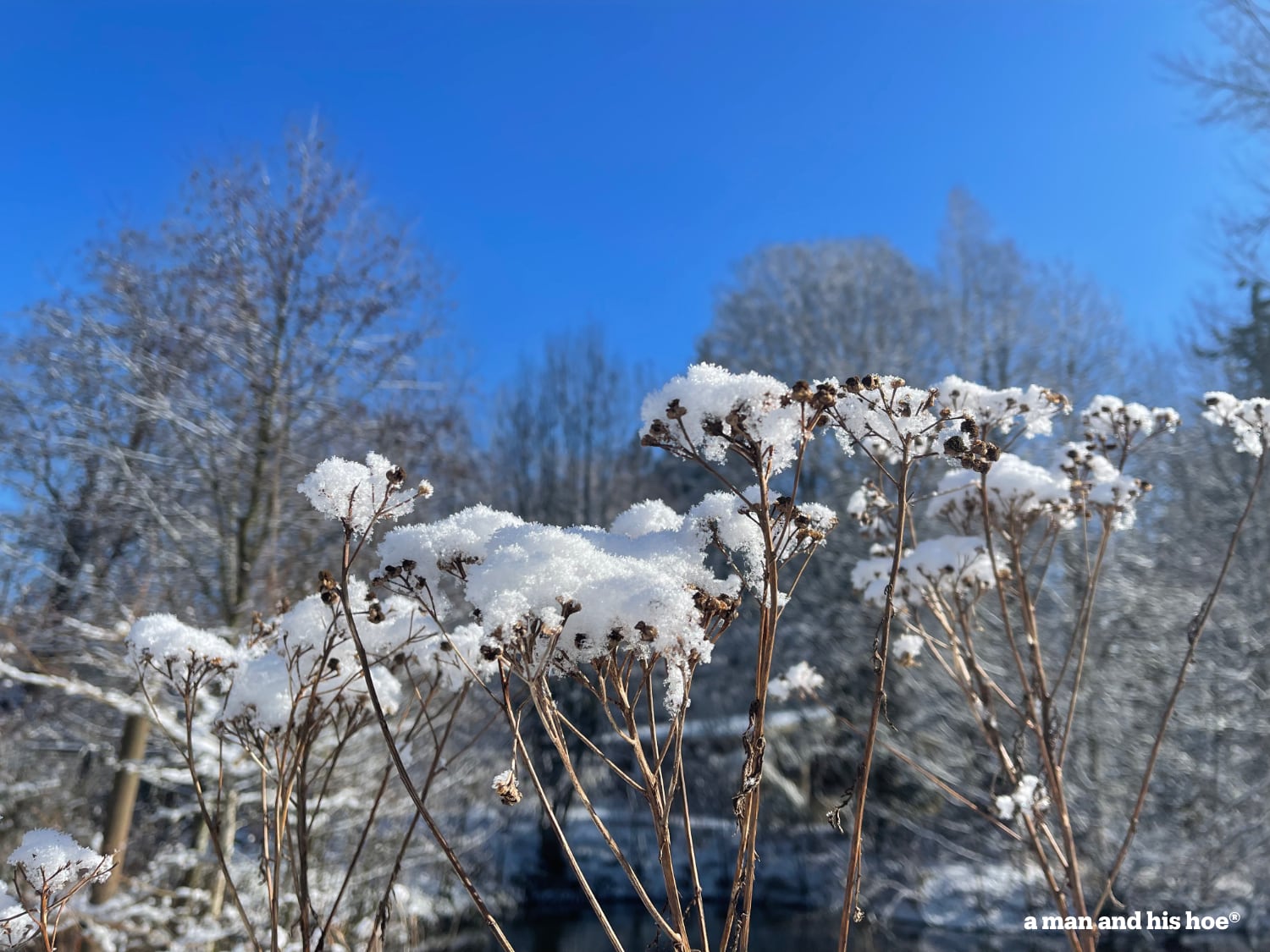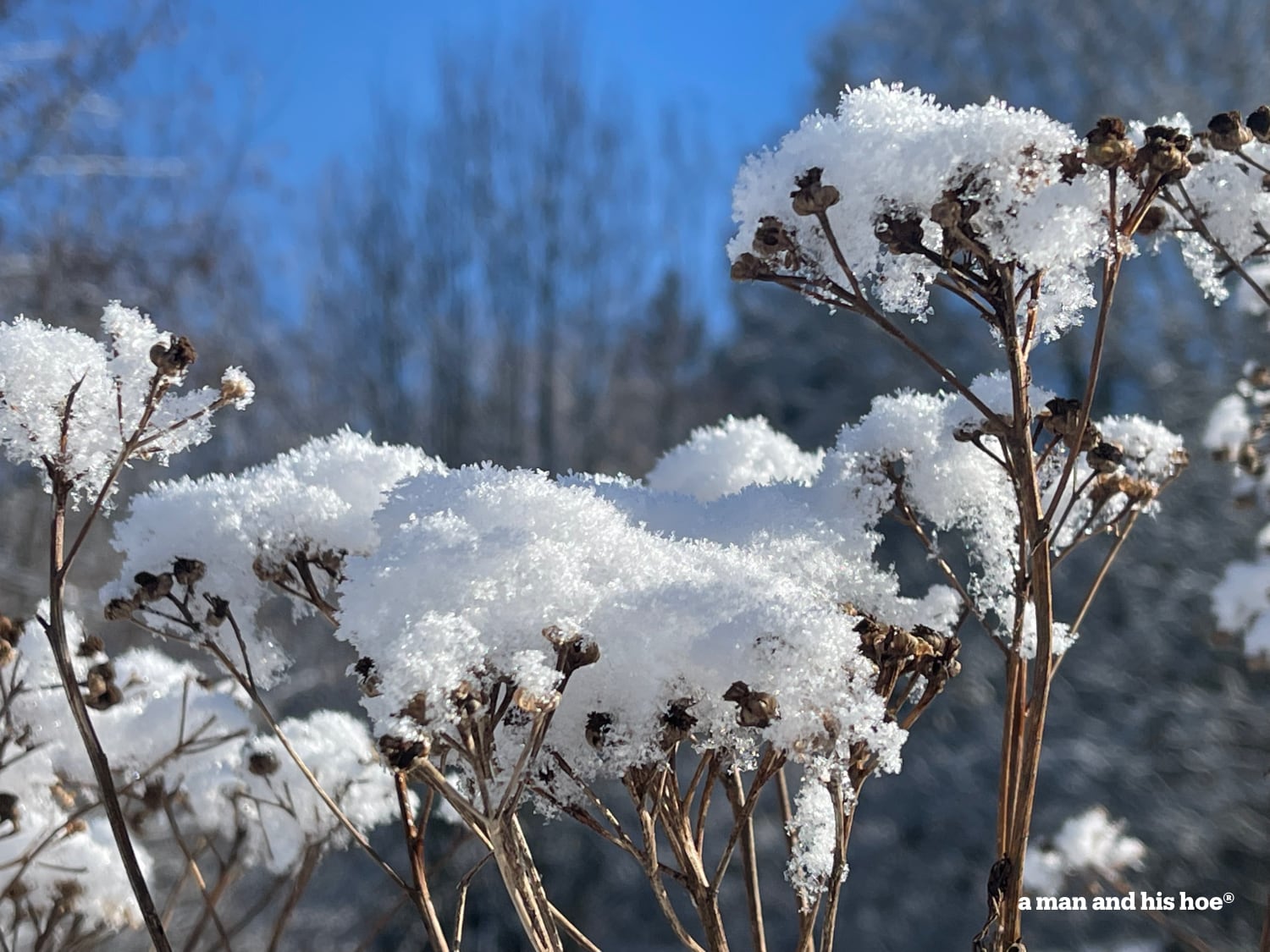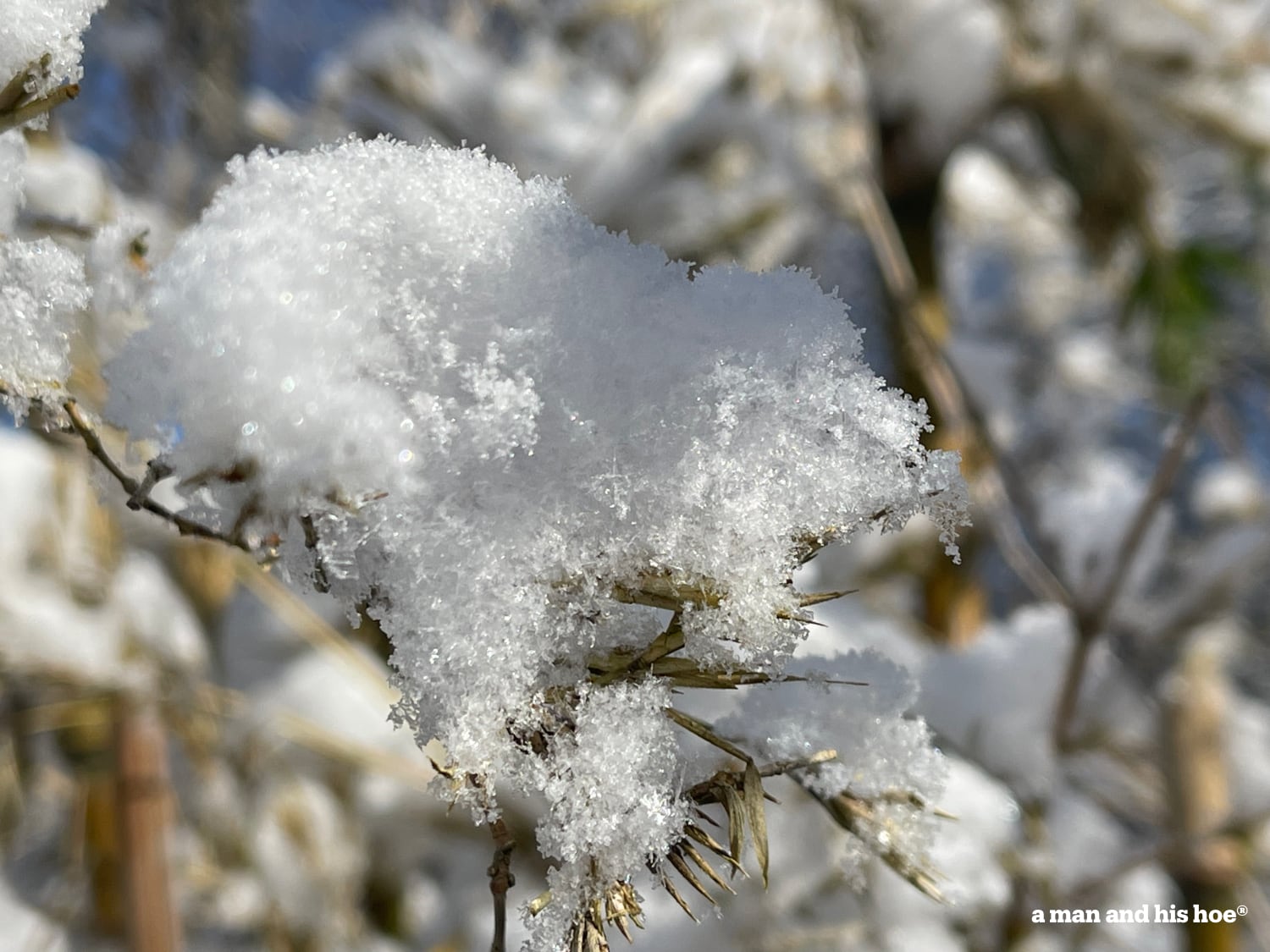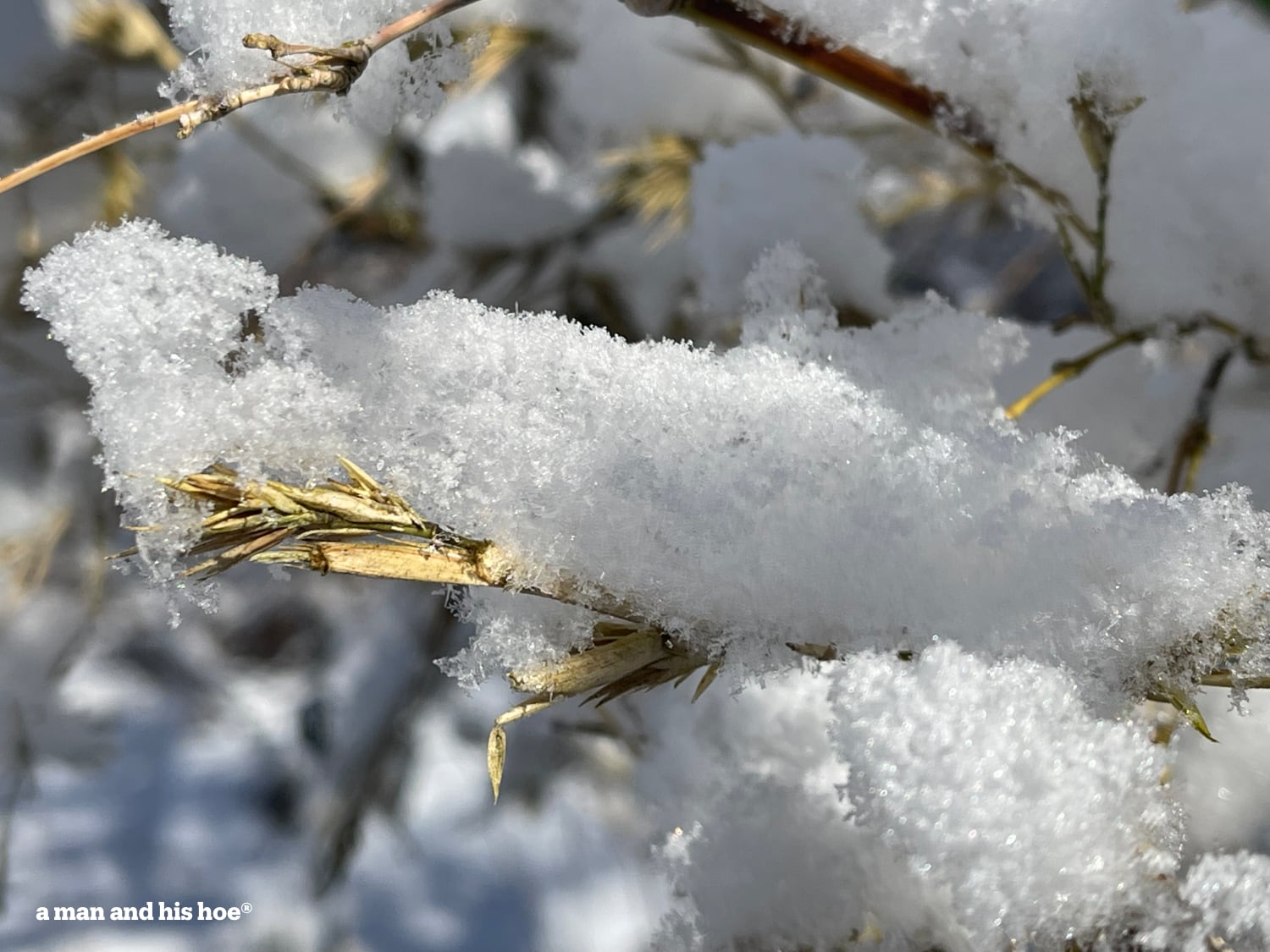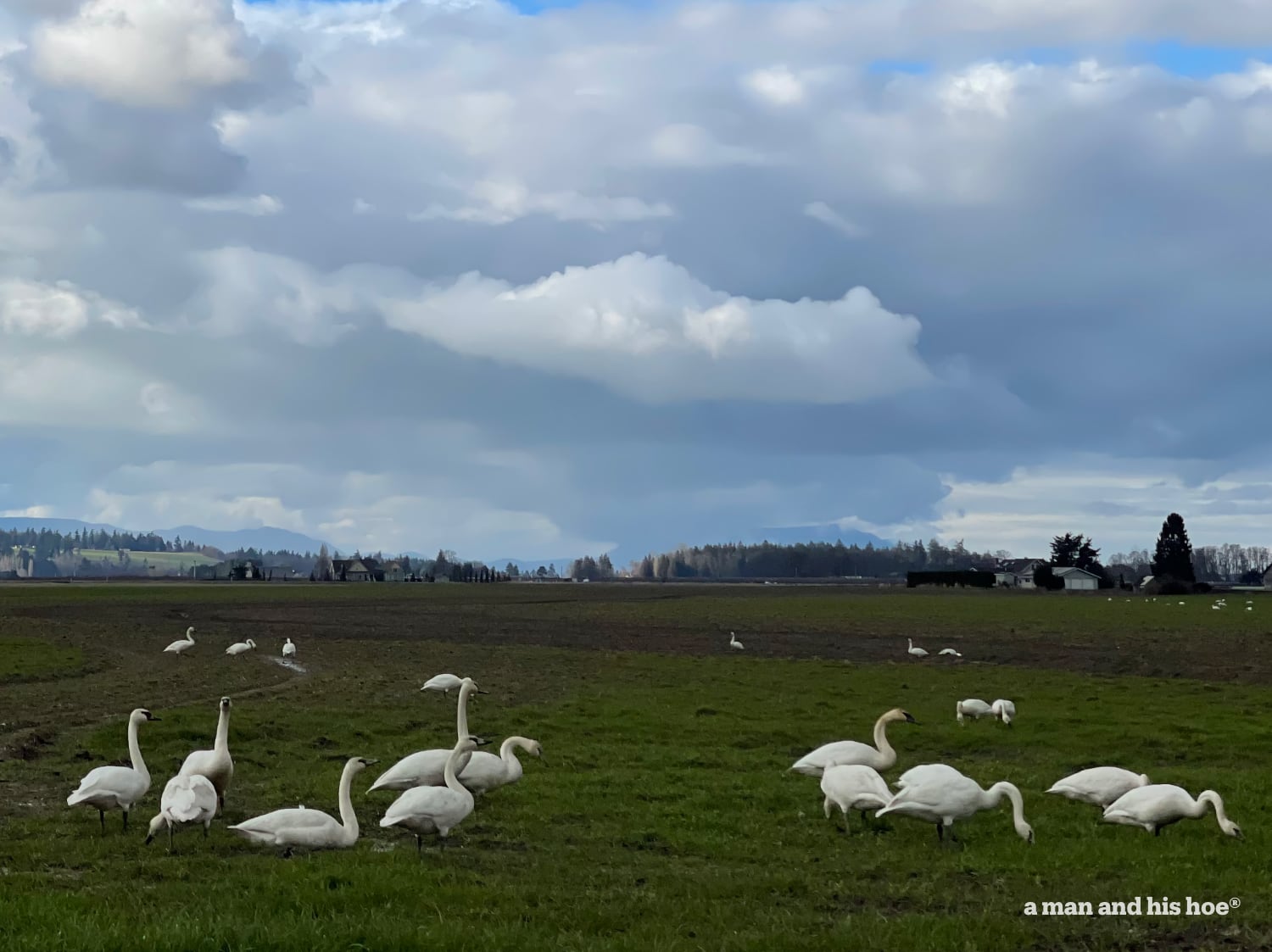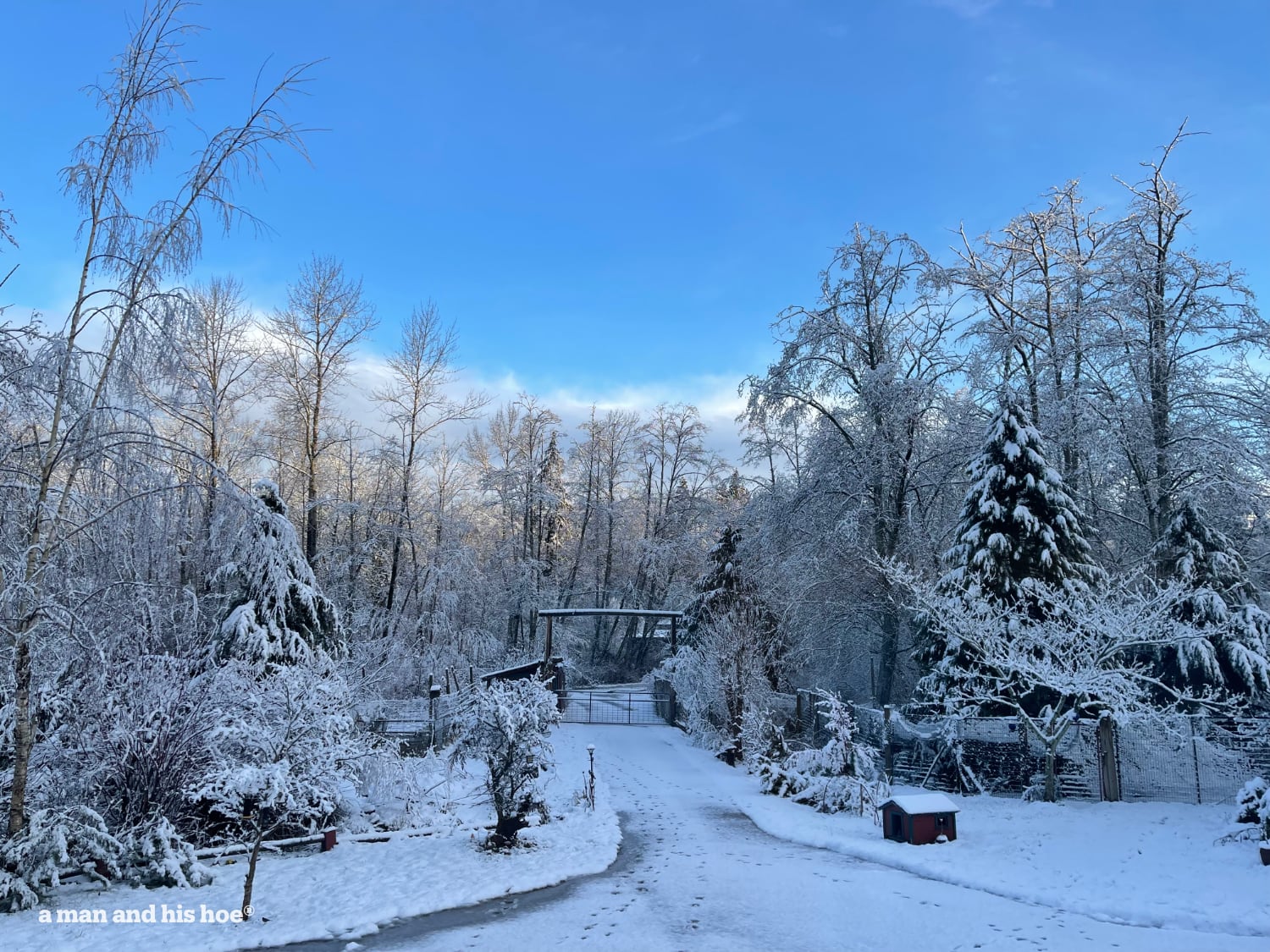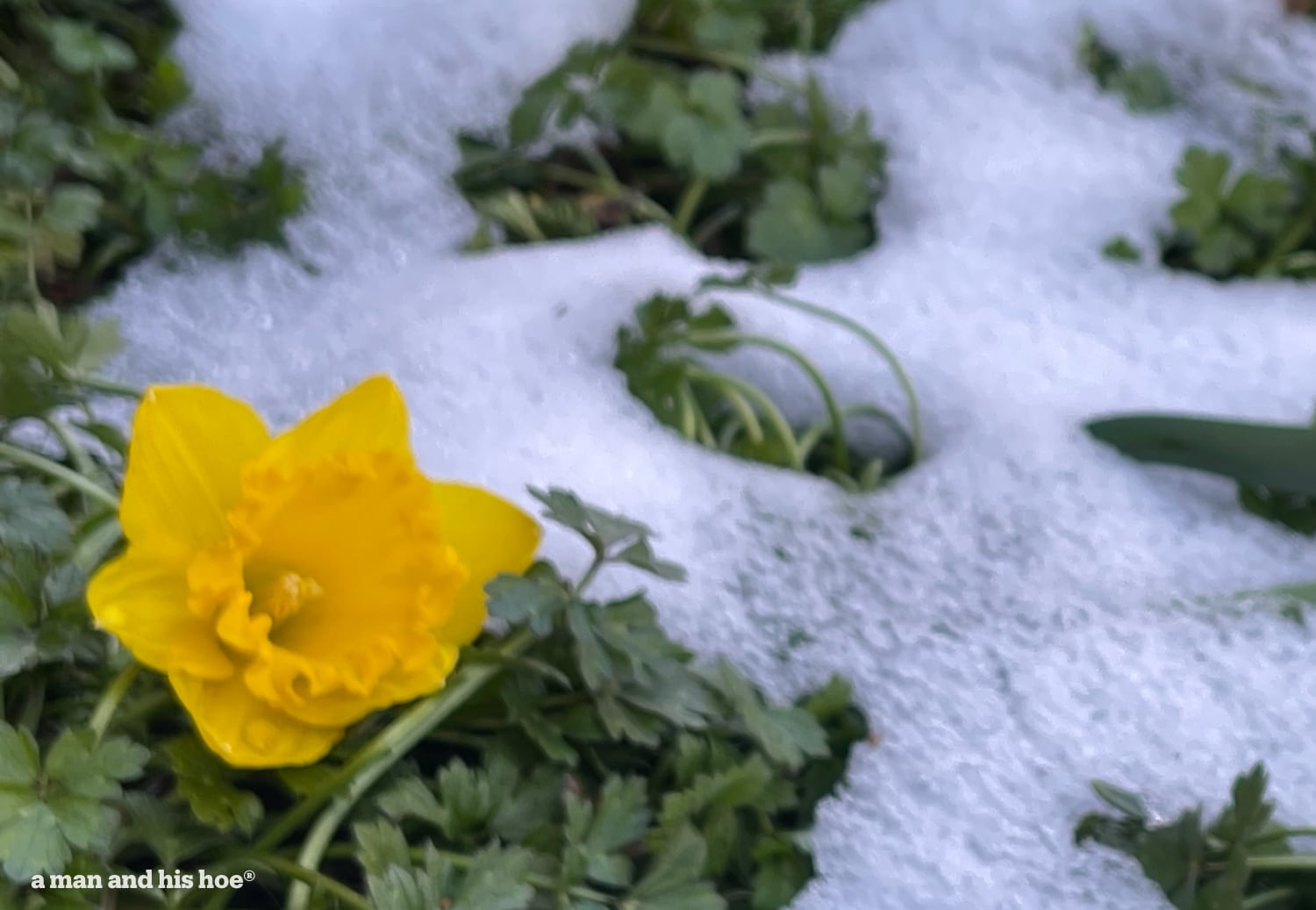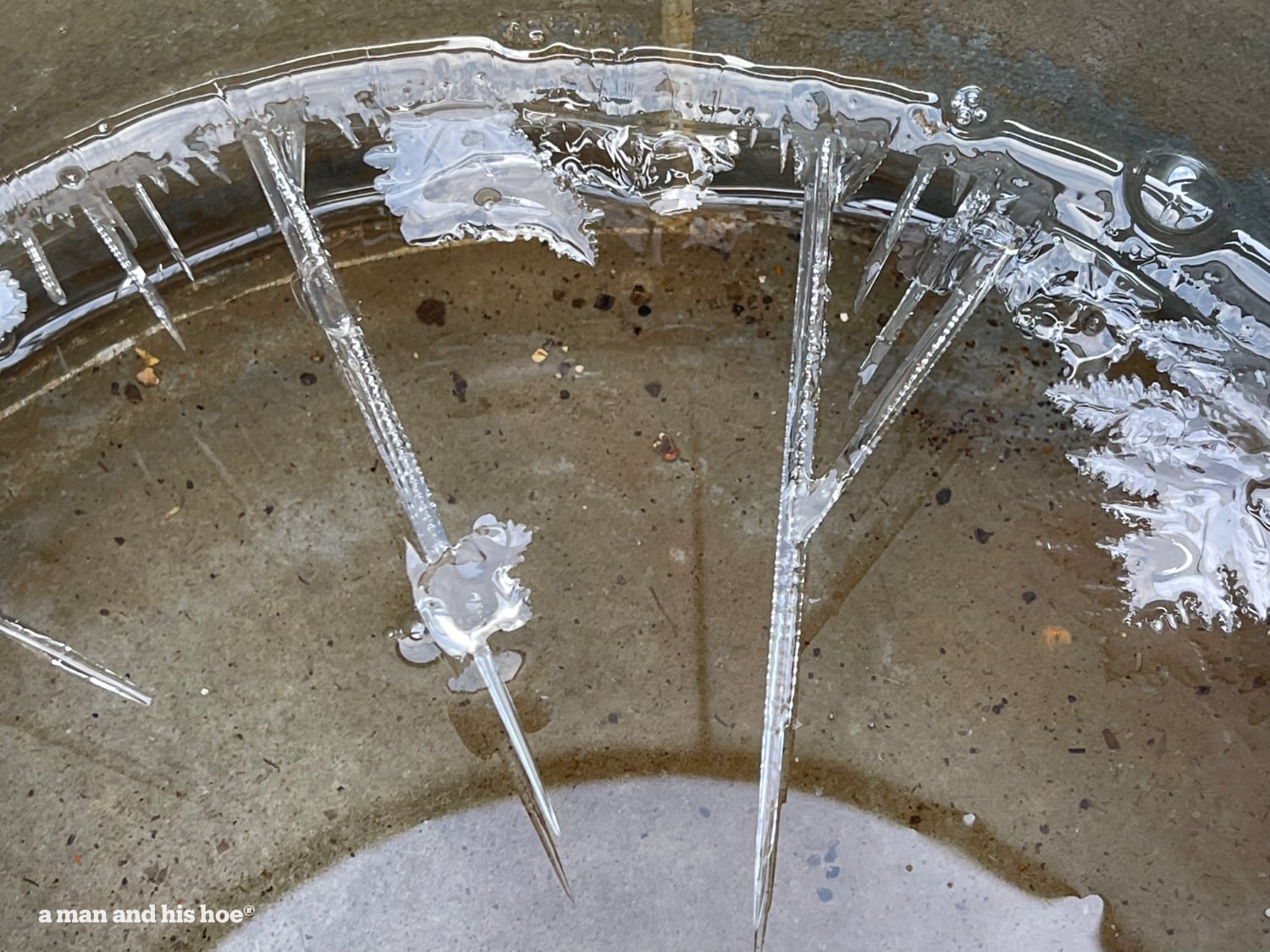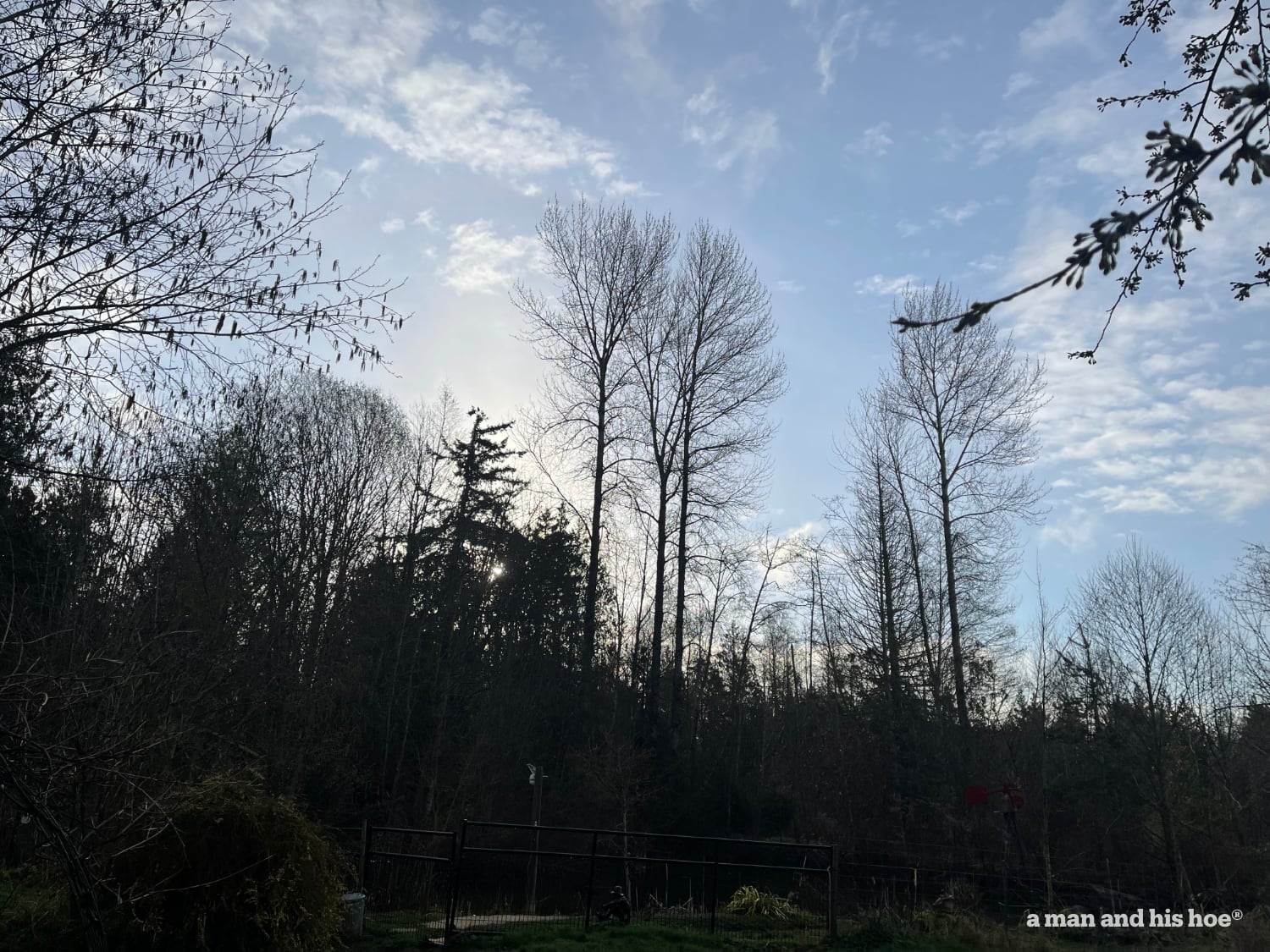
Sunrise on a calm spring equinox. It happened here at 8:33 this morning. Yesterday’s pouring rain lifted and there was blue sky behind the clouds this morning.
At 8:33 this morning I decided to look online to see at what time the solstice happened today and was surprised to read it was happening now, at 8:33 in the morning. How fortuitous was that?
The drab winter colors are changing to spring’s wonderful hues. Soon, winter will be but a memory. Each night the frogs sing louder at night. Every day there are more birds flying in.

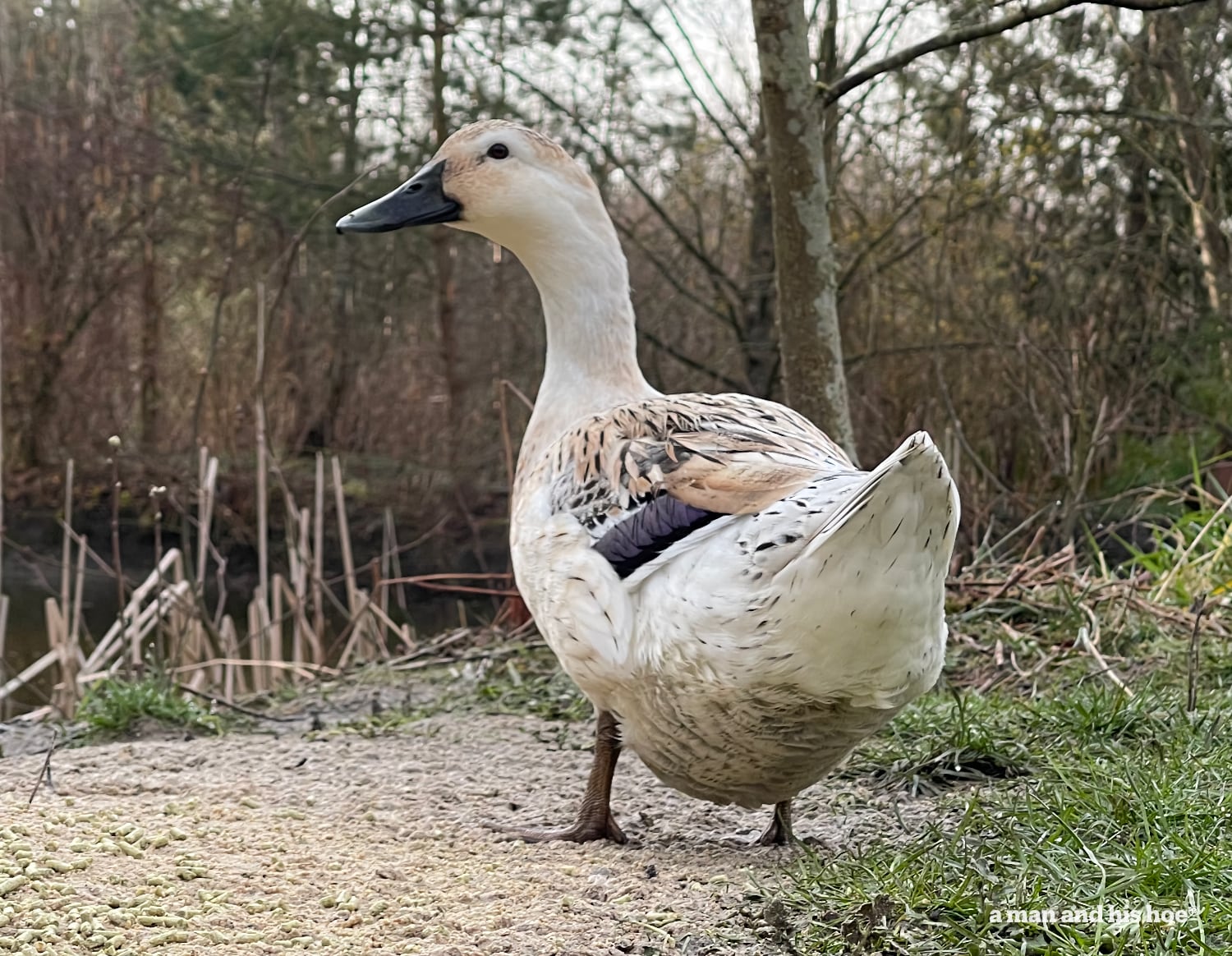
This spring, wood ducks have taken to eating the ducks’ feed and hanging out at the pond. They’re getting used to my presence and don’t automatically fly off screaming when I show up.
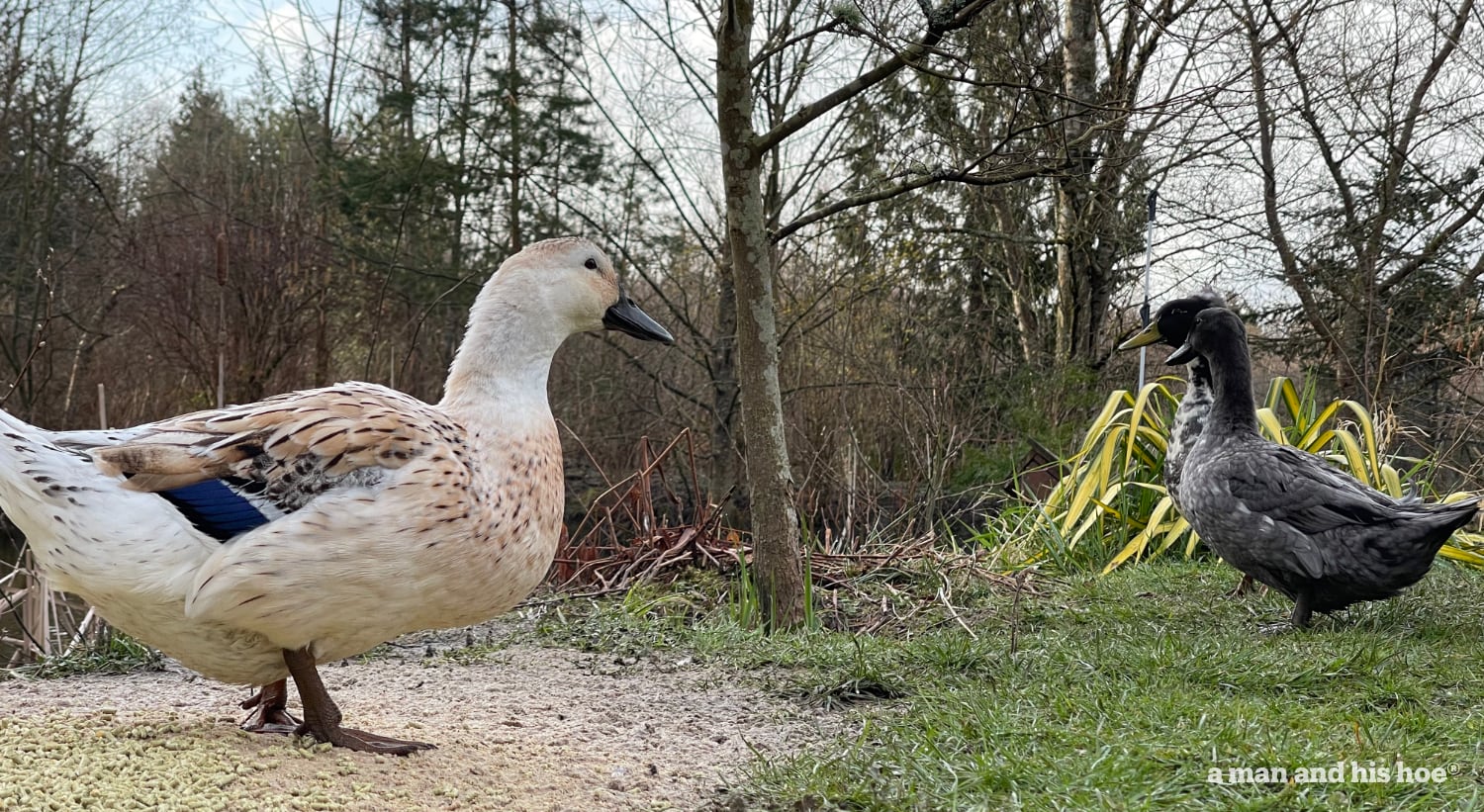
What do our ducks think about the wood ducks? For the most part they leave them alone. At first there were just a few wood ducks, then five, then ten, and more. But they are nowhere near as plentiful as the snow geese having their last grazing on the pastures in the valley.

The snow geese have yet to leave for Alaska and Siberia. On Friday a huge flock of them covered much of a pasture on the way to the post office. Flocks of snow geese, herds of swans, those are winter scenes that will be gone in a few weeks. But new, wonderful things, cherry trees in full bloom, potatoes sprouts, and spring rainbows will come. It really feels like the spring equinox . From now on there is more light than dark, more warmth than cold.
